

If someone dropped you off several kilometres from your house, how would you know where you are and how would you find your way home? Chances are you would use visual clues – streets, buildings ...
READ MORE

An inquiry approach is a method often used in science education. The question bank provides an initial list of questions about how underwater animals use sound in their world and indicates where ...
READ MORE

In this activity, students play a card game that models the journey of a male pea crab (a parasite of green-lipped mussels) from his mussel host and back again. Purpose This activity will help ...
READ MORE
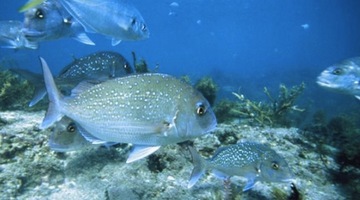
In this activity, students learn about habitats, and why and how animals and plants are best suited to particular habitats. By the end of this activity, students should be able to: define a ...
READ MORE

In this activity, students consider some of the ethical issues involved with keeping earthworms (and other animals) captive in a classroom setting. By the end of this activity, students should be ...
READ MORE
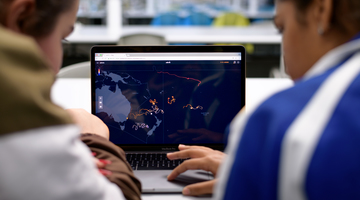
Although invisible to the naked eye, marine microbes drift continually in our ocean systems, quietly consuming up to 50% of the Earth’s CO2 through photosynthesis and producing nearly as much ...
READ MORE
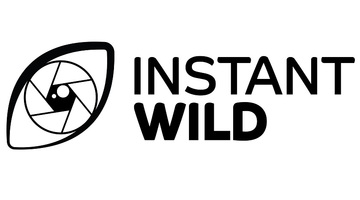
Instant Wild is an initiative by the Zoological Society of London. Photos or videos of animals are recorded using hidden cameras in a range of worldwide locations. The aim is to increase the ...
READ MORE

Marine Metre Squared is a New Zealand citizen science project that supports communities to monitor their local seashore. The project has been designed to provide meaningful, valid environmental ...
READ MORE

School science is engaging when it makes connections to students’ everyday lives (Osborne & Collins, 2001) and when they have an opportunity to experience physical phenomena first-hand – the ...
READ MORE
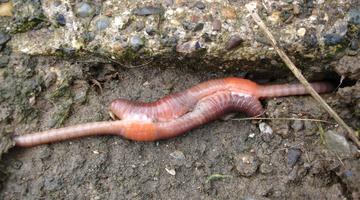
Earthworms are of interest to most children, are easily accessible and are an animal species easily kept in the classroom for short periods of time. This makes them ideal subjects for exploring ...
READ MORE
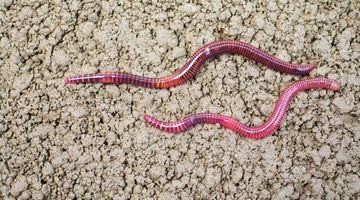
To most of us, one earthworm resembles another. Although earthworms do have common characteristics, species differ widely in their size, skin colour and in the roles they play in the soil ...
READ MORE
Dr Ashley Rowden, of NIWA, believes we have an obligation to document our biodiversity and to protect and conserve it. Cold-seep communities are special habitats consisting of unique organisms ...
READ MORE
Auckland University PhD student Jenni Stanley talks about her research with crab larvae and sound. She talks about where she got the idea to look at this phenomenon and why crab larvae might use ...
READ MORE
As they prepare to metamorphose from larvae into adults, New Zealand pea crabs seek out the green-lipped mussels (and other bivalve molluscs) that will be their homes for the remainder of their ...
READ MORE

Learn more about introduced and native earthworms in Aotearoa New Zealand. Use the Slideshow menu for further options, including view full screen, and go here for the download option.
READ MORE

Use this interactive graphic organiser to consider whether something is living or non-living. Place each image where you think it belongs. This activity can be done individually, in pairs or as a ...
READ MORE

Use this interactive graphic organiser to consider whether something is an animal. Place each image where you think it belongs. This activity can be done individually, in pairs or as a whole ...
READ MORE